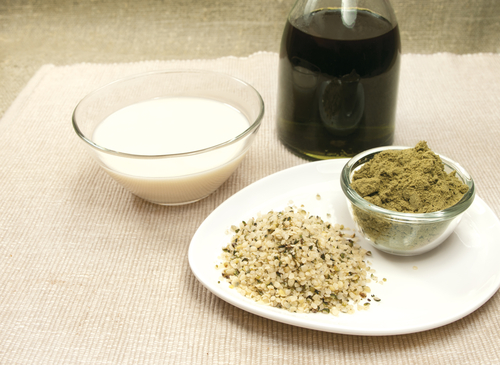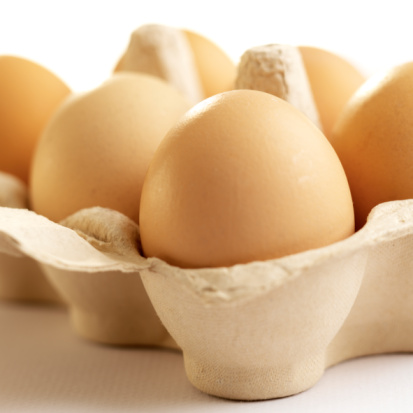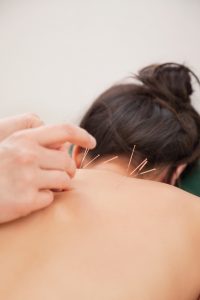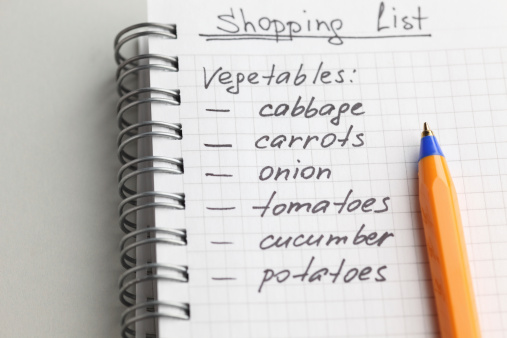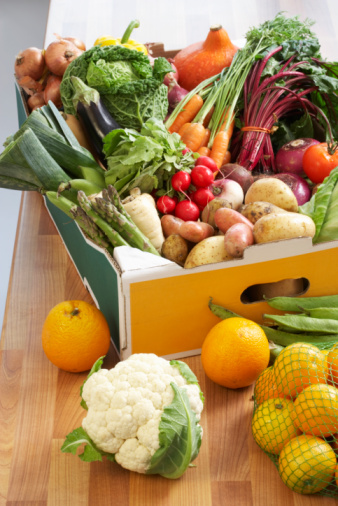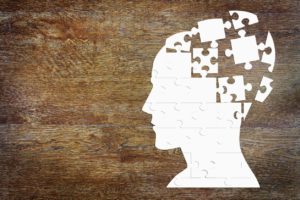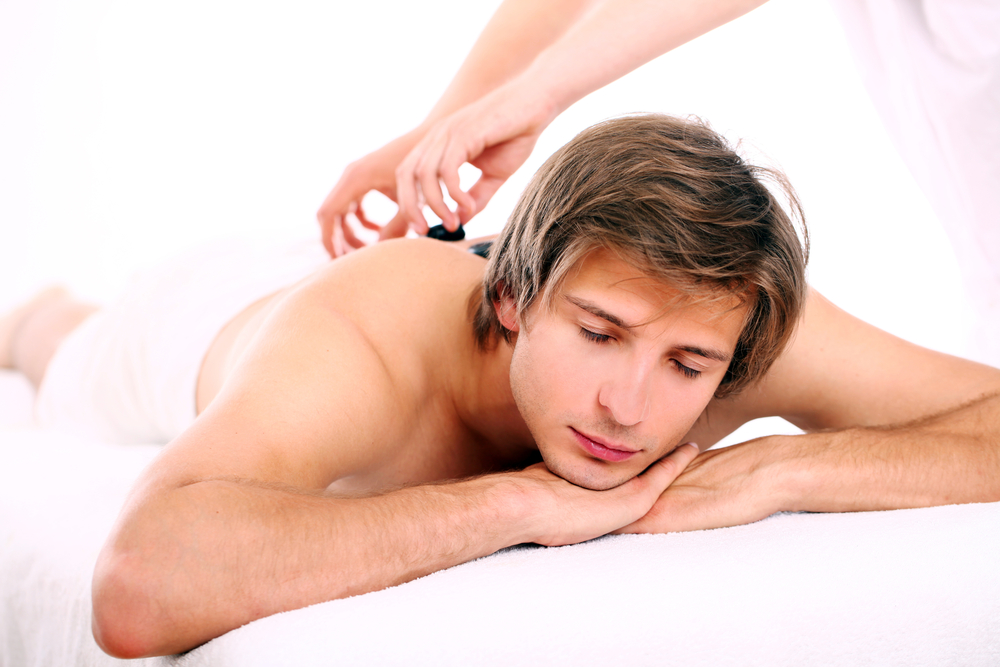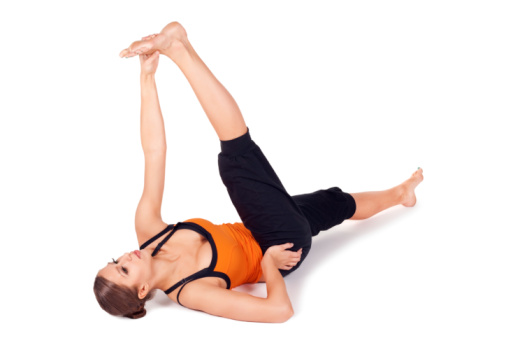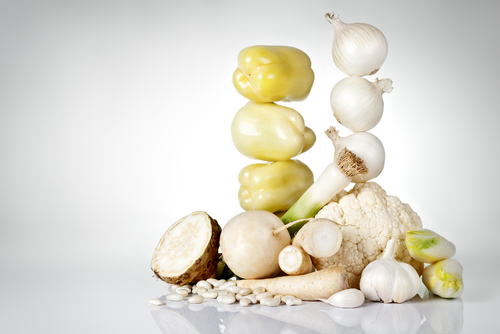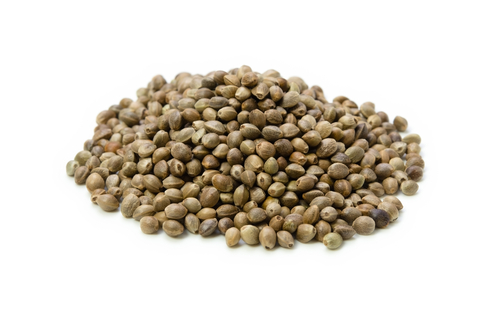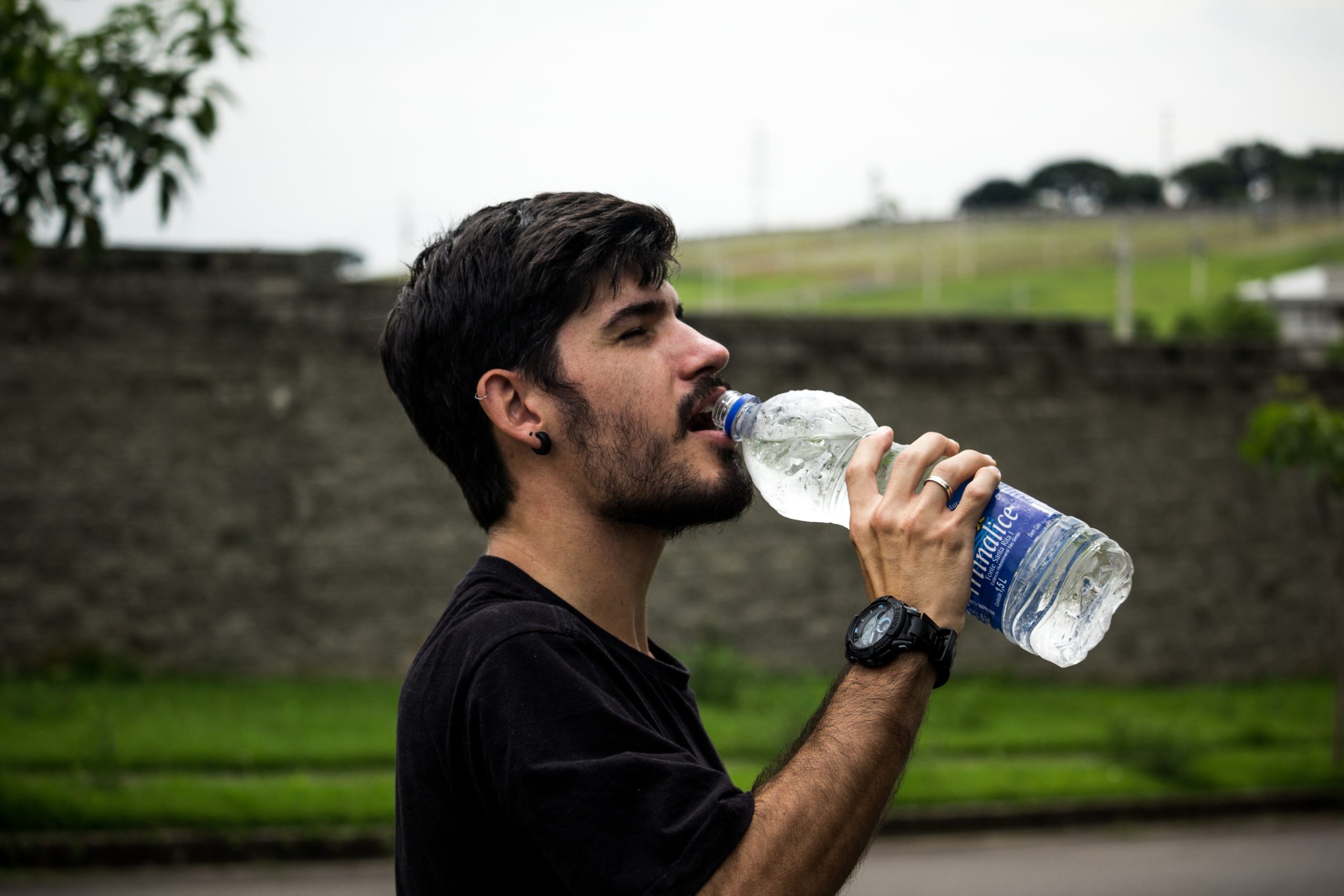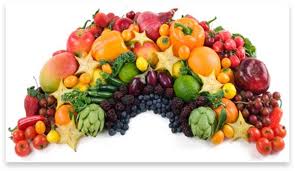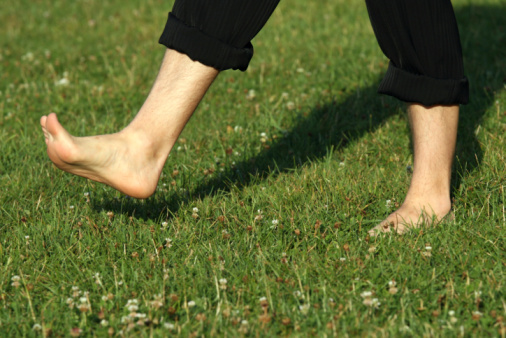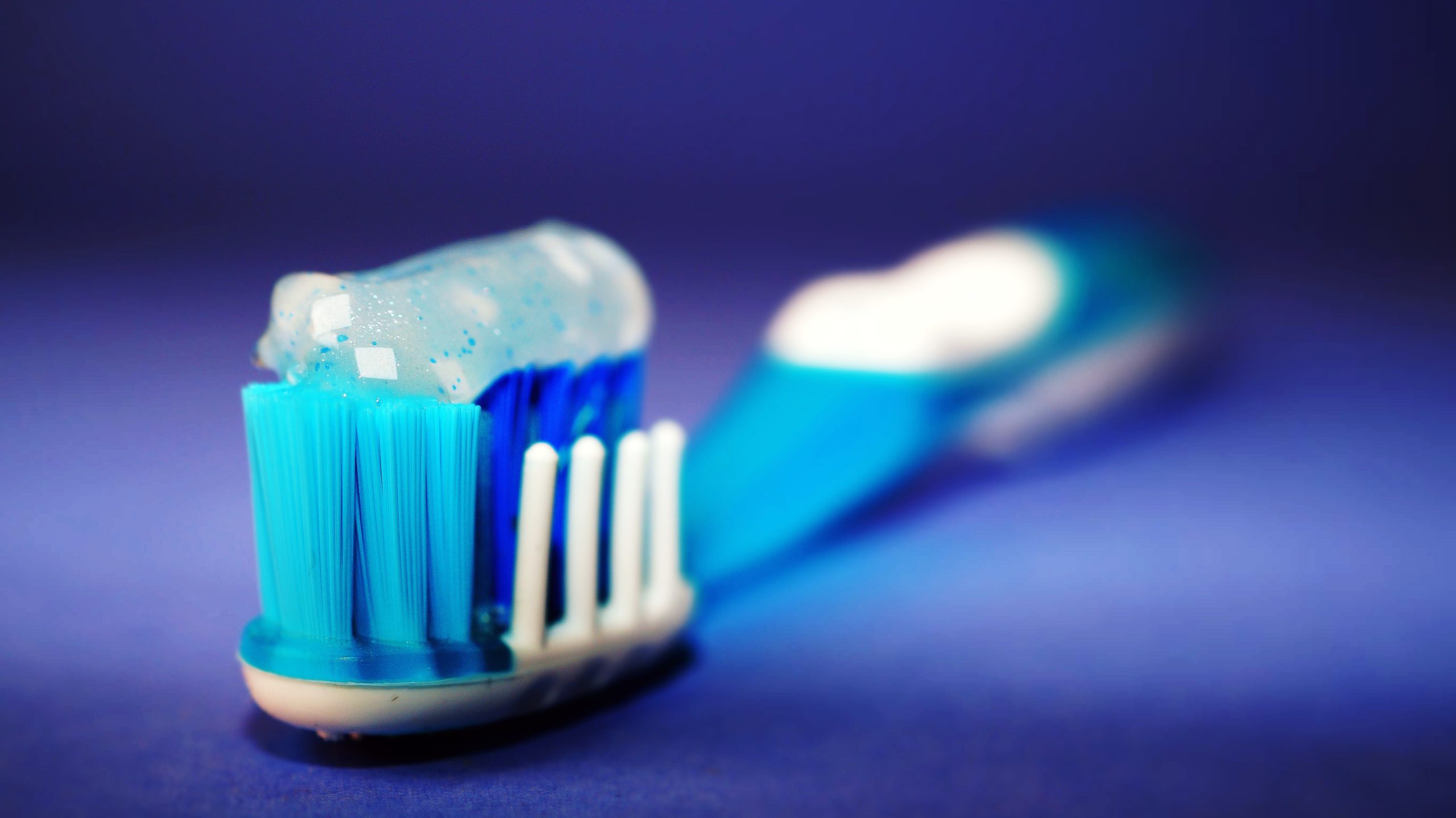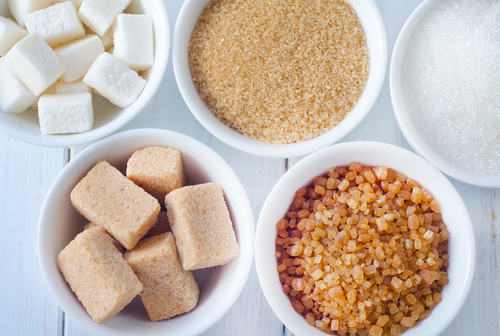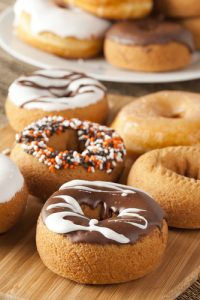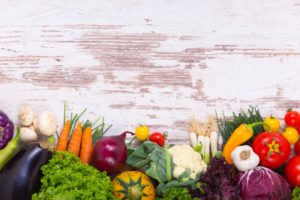11 Tips on How to Get Lean and Ripped
Taking a well-rounded or “holistic” approach to getting lean and losing weight is key. There really is no secret potion or diet, exercise routine or magic food to shed the fat and gain muscle.
Certainly, there are many different aspects of a fitness and wellness equation that need to be respected and combined to reach optimum goals—be it diet, weight lifting or cardio—but all sides need to be addressed.
Perhaps the single most important factor, however, is your diet.
To get cut, understand that your body consists of three energy systems. First one is for exercises like jogging (slow twitch muscles), second for sprinting (fast twitch muscles) and the third one for lifting heavy weights.
When people desire fat loss, all three energy systems must be taxed at the same time.
A few quick tips to getting lean right off the bat:
1. Drink lots of water.
This sounds so easy, but water works just like a natural diuretic and aids transport carbohydrates into the blood dropping fat storage space. It’s also significant to maintain your body hydrated all through the day and particularly during the exercise.
2. Cut back on your number of sets and reps when you decrease your daily caloric intake.
3. Be sure to schedule at least one rest day in your program to get lean and/or ripped.
4. Vary your cardiovascular and weight exercises.
Do not always choose to run or do the recumbent bike for the same amount of time every day. Mix it up and work as many parts of your body all together as possible.
A healthy diet plan is going to be 80% of the formula to get noticeable results and help to see those hard-working muscles.
Minimally processed or restaurant bought foods, fiber-rich, and rainbow-colored vegetables and clean, lean proteins such as egg whites, lean chicken and turkey will help shed those pounds and lean you out as well.
5. No matter how much cardio, crunches, burpees , and lunges you do, no one is going to get ripped if they eat out every meal, or chow down a whole pizza when they get home from the gym.
Not only is portion size important, the types of food consumed are key, as well. Long term health is a life change. You have to be mindful of eating healthy in the morning, at work, when you get home, before sleep and on the weekends.
This means you need to go through your kitchen and throw out any temptations that will get in your way.
Getting your family to agree to take healthy steps and declarations toward a healthier lifestyle will also help you reach your goal.
Make a list of as many fruits and vegetables that you like and are willing to eat before you go grocery shopping, or visit your local farmers market or produce section of the grocery store and check out what is in season.
Make a secondary list of beans, legumes, spices, low fat & low sugar dairy products, plus lean meats. Invest time in buying the foods that will fuel your everyday and experiment with different healthy recipes.
Additional tips on how to lean out and get ripped:
6. Eat less, more regular meals.
You have mainly likely heard this so many times, but this is very important in losing fat from the body, which will eventually permit your abs to be exposed.
On this particular note, always maintain your sodium intake under the control if you want to get ripped.
7. Combination of resistance cardio and weight training is the main way to get cut fast.
If you want to know how to get cut fast, you have to consider the discussed matters. If you cannot wait to get cut, you have to combine all the three systems of energy that are discussed before.
Most of the people do not have the proper knowledge of how to get cut and they fail to get their body ripped. The best way to start is to exercise on the resistance cardio named as called barbell complexes.
They are actually six exercises done one by one without delay in between. The base of these exercises came from the idea of never putting the barbell down once you started your workout.
8. Choose a quality protein.
But combine the protein with fiber-rich foods, such as lightly steamed dark leafy greens. Protein is very important because it contains essential amino acids which are the building blocks of our muscles.
Exercise makes protein consumption essential, in order to provide our bodies with enough nourishment to keep our muscles from atrophying and in pristine condition.
The second part of the reasoning is that protein provides satiety, meaning we feel full longer than eating the same amount in carbohydrates so, therefore, we have more resistance to junk-food temptations.
Protein does not have to be meat, either. Natural soy products and plant protein, such as Swiss chard, legumes and those found in dairy make great nutritional meat alternatives.
9. Do not forget your carbohydrates, which provide energy to our muscles, and all our organs including our heart and brain.
When exercising, carbs are the first resource that will be used for energy. Through aggressive marketing, carbohydrates have earned a very negative name in the diet and fitness arena.
Many studies have shown that bodies that are deprived of carbohydrates show severe decline in mental capacity (decision making, mood imbalances and memory lapses) as well as a physical decline in energy, coordination and strength.
Eating complex carbohydrates (brown rice, quinoa, sweet potatoes, bananas, for example) 30 minutes before a workout is going to give you the energy you need to really take your workout to a maximum level which in turn means better results.
Another point to consider is to keep your high glycemic carbs in the morning and right after your workout.
These include oatmeal, potatoes, white rice for example, and the morning and after our workouts are when our body needs a quick shot of carbs to replenish its stores and provide us with energy when we need it.
10. Change your workouts every 4 to 6 weeks, even if it’s the simple variation of doing your exercise routine in a different order.
P90X workout does a great job in keeping the body from plateauing and this is great for people who what to further their“get ripped and lean” aspirations.
Cycle weeks where you train with weights and weeks where you train with lighter weights but with more reps, running and cycling as a cardio choice with plyometrics and the elliptical machine (as examples).
Above all, engage in activities that you find fun and challenging. You will stick with exercises that you like. Additional suggestions are pick-up game basketball, one on one tennis game, indoor rock climbing, outdoor hiking, skiing, biking, or swimming, etc.
11. Additionally, when lifting weights and strength training, you want to reduce the amount of isolation work you do and do compound muscle training.
This would include movements such as bicep curls, triceps isolation exercises, leg extensions, lateral raises, and so on.
You can hit pretty much all the muscle groups in the body with the following exercises:
❧ Bench press
❧ Squat
❧ Deadlift
❧ Shoulder press
❧ Row
❧ Calf raise
❧ One ab exercise
Obviously, you can swap these exercises around; do a pull-up instead of a row or do an incline bench press instead of a shoulder press. Getting these core movements in, however, will keep you on top of your game.
Divide these up into either a full-body program performed two to three times each week or an upper/lower split performed four days each week, trying to keep it to a maximum of 15 sets per workout if you're doing upper/lower, and 20-25 if you're doing full body.
To maintain your muscle glycogen from workout to workout (for those who are doing a low-carb approach and not eating very many carbs elsewhere in their diet), consume 5 grams of carbs per 2 sets during the pre/post-workout period).
Additional Advice from Askmen.com on Diet
Askmen.com reminds readers that the single most important factor in someone’s quest to get ripped will be their diet. Getting lean is mostly about dietary effort, a little bit of proper workout programming technique, smidgen of psychological (because, let’s face it, temptation is around every corner), and sheer determination.
Consume fewer calories than you need to maintain your weight. Fat loss is really just a simple mathematical equation; it considers the compounding factors where calories come from, times when your meals are being eaten, and so on. These are all personal preferences that help to determine whether or not you're able to stick with the diet in question.
Protein intake should equate to a minimum of one gram per pound of body mass in order to prevent muscle loss. Losing weight is of no use if you are not losing fat weight. That is the critical factor that will determine whether you end up looking like a smaller version of your current self at the end of the diet or a version that is leaner and appears more muscular.
Rather than giving you specific foods to eat, shoot for a calorie intake of between 10 and 12 multiplied by your body weight. This is a fairly good approximation of the calories you should be consuming for weight loss, along with one gram of protein per pound of body weight.
After that, aim for 15% of those remaining calories for fat (or higher, whatever your preference) and fill in the rest with carbs.
It should be clear, if you’ve ever tried dieting before, that certain foods will help satisfy your appetite better and keep your blood sugar levels under control (thus, preventing rebound hunger), so the more you can incorporate these types of foods the better the chances you’ll have when you try to get ripped.
Remember to take in some protein and carbohydrates around your workout period, for both muscle glycogen replenishment and to help give you the energy you need to get through the workouts in the first place.
Resources: Bodybuilding.com, nutritionexpress.com, builtlean.com, shape.com
